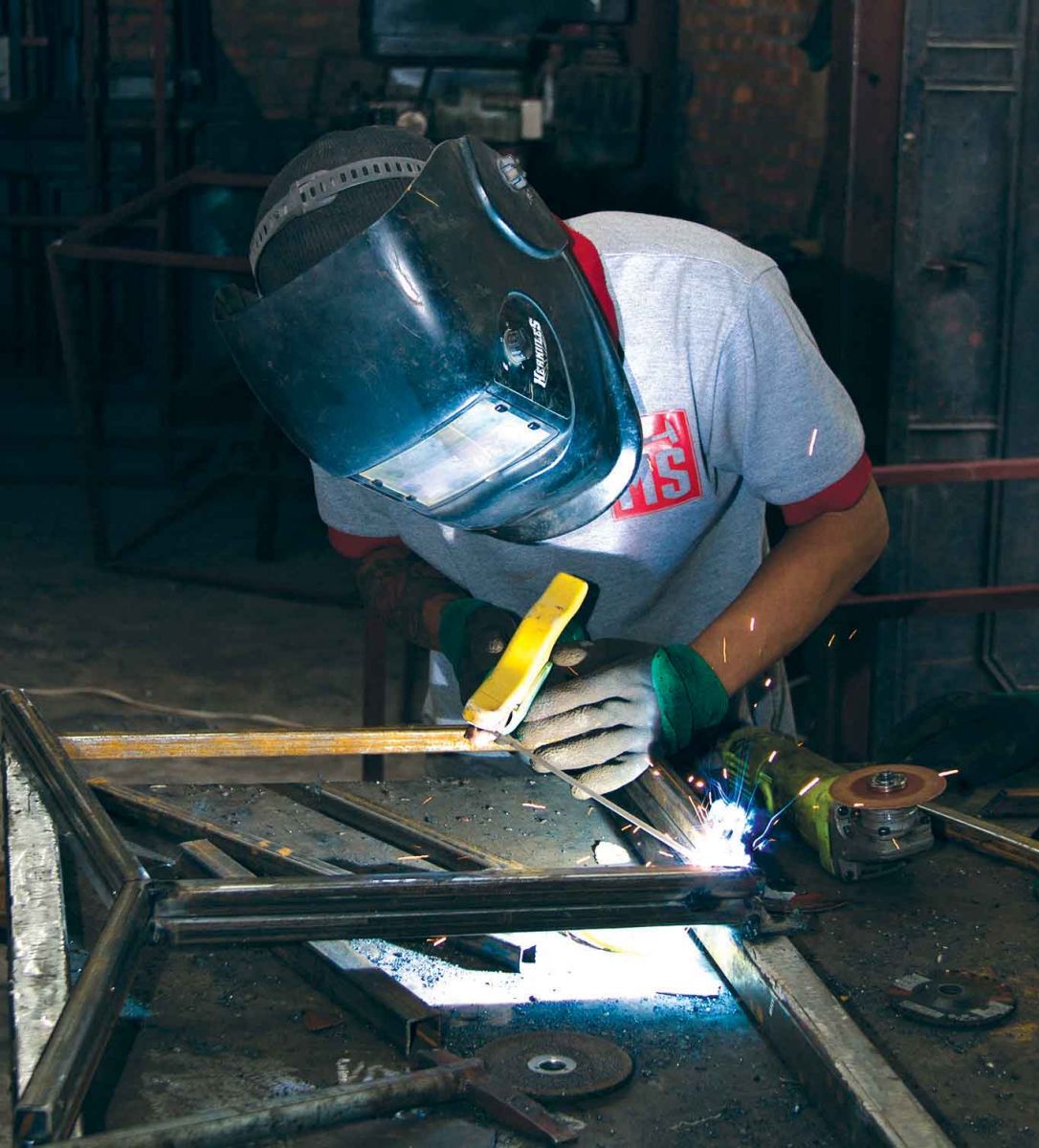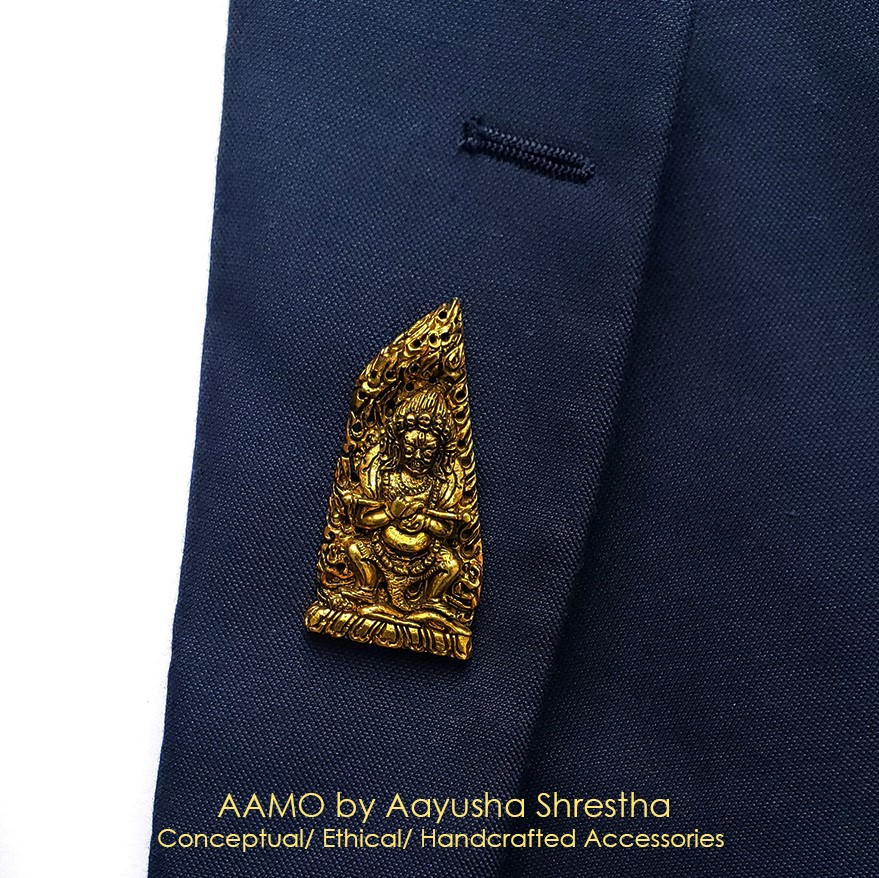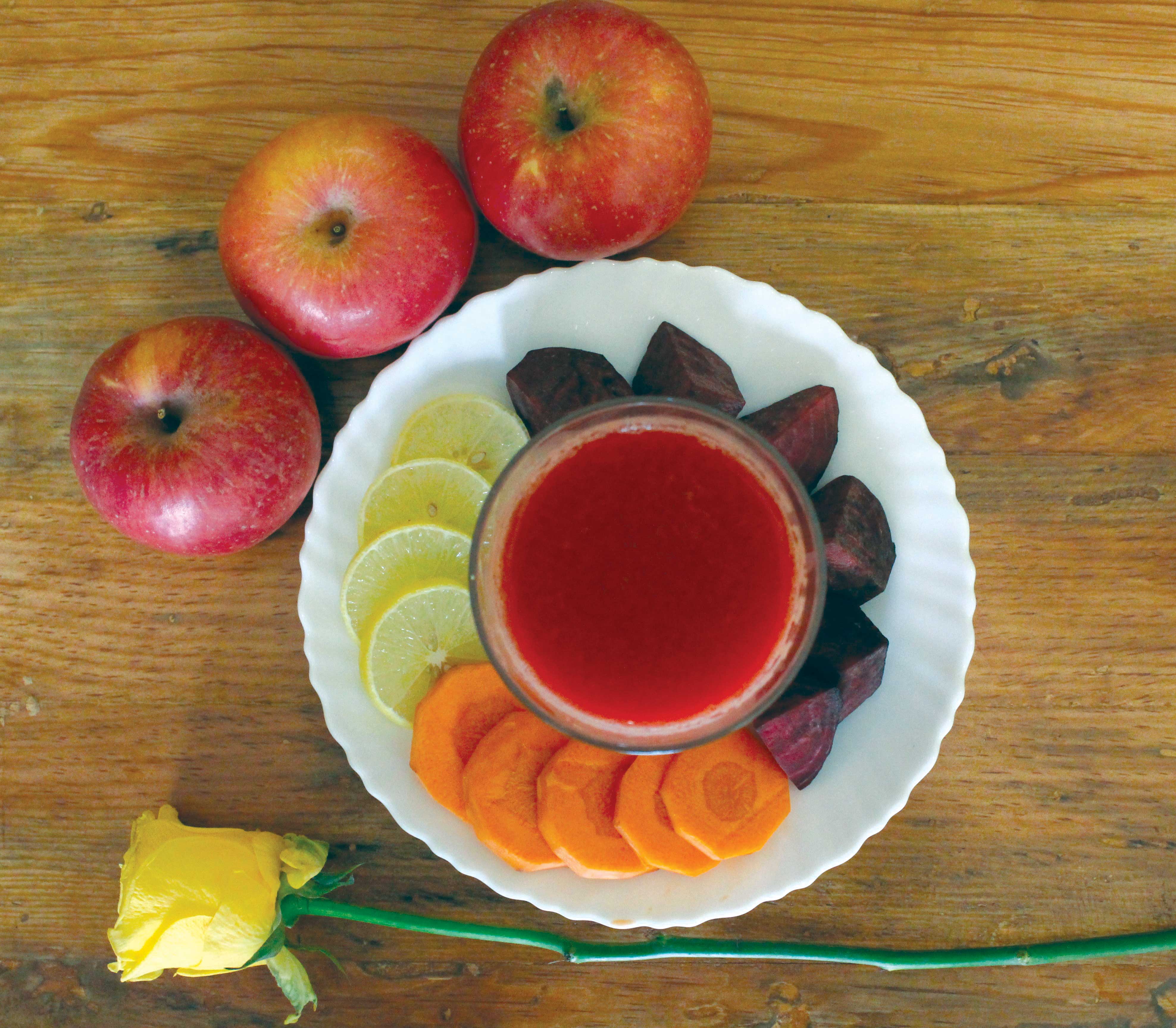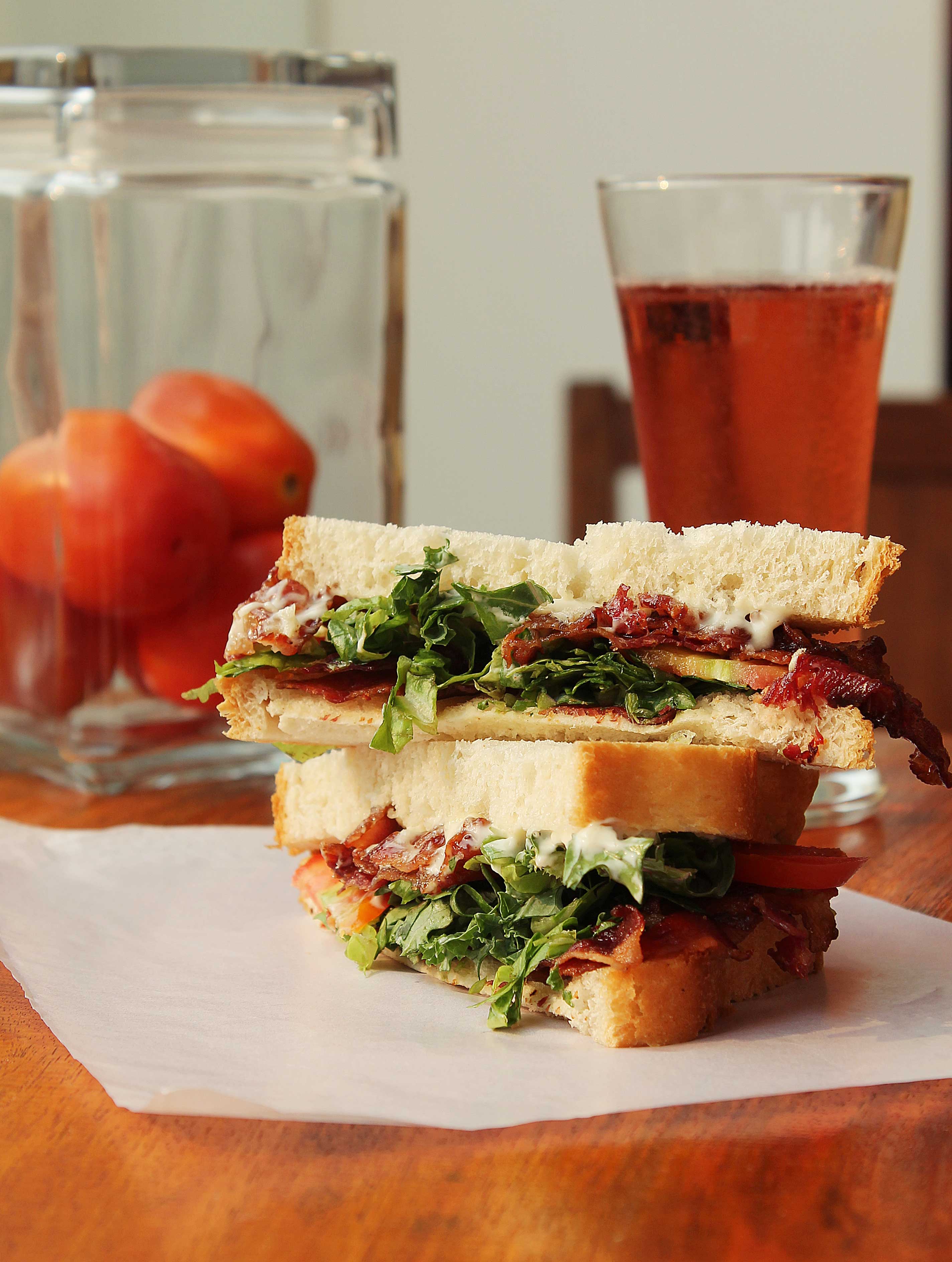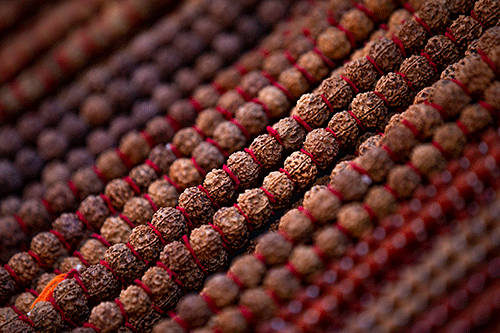Metalwood’s products first caught my eye a couple of months ago, when I started seeing them displayed around the city in some of the newer craft outlets. At first, I couldn’t figure out what all of the objects were, necessarily, but I was fascinated by their beauty, and the way they appeared somehow simultaneously modern and traditional.
I finally tracked down their workshop and office, hidden in a small courtyard down Saugal Tole, just a little beyond Patan Durbar Square. Past the wood-crafting section, through the metalworking space, and upstairs into the bright and airy office/display area we went. Here, too, the fascinating mix of classic and contemporary were at play. Beautiful brass and copper pieces sat atop freshly-made wooden furniture boasting simple, clean lines. At the far side of the room, young people sat hard at work on their computers, designing items just like these. We sat down with some of the partners to discuss how this unusual company—started by Niraj Joshi, Nicolas Marie, Nim Joshi, and Jitendra Shrestha—came about.
Metalwood opened about two years ago, and in fact does so much more than only making furniture and accessories out of metal and wood. They also do architecture and full interior design—they’ve done the latter for quite a few of the valley’s restaurants, bars, and hotels, using their interesting aesthetic and mix of style. Up-to-date designs, often made to order, are worked out by architects and designers—those young people I saw on the computers—before being brought to life by the workers downstairs, or outsourced to artisans in the area. As they are located in the heart of old Patan, there are of course plenty of these to be found, and much of their brass and metal work is made by these local craftsmen following time-honored techniques.
“We don’t export at all and we don’t plan to; the market is booming here,” Nicolas told me, when I asked if they have an outside market. In fact, most of their clientèle is Nepali, though some expats are also catching on to what’s being made here. The more I think about it, I find that I love the idea of a business that doesn’t have export as a goal, but rather is trying to establish itself here and design for the local market. Somehow, that just feels a lot more sustainable, less dependent in the long-term on outside whims.
In addition to the things I see around me, the team also does projects with shipping containers, turning them into work or living spaces, and I realize now that I saw some of their work when I visited RS Moto a year or so ago. Even the small kitchen space here in their office is made by them, and it’s so beautifully done that they’ve left it out in the open, not tucked away as you might expect. Opening and closing the well-built kitchen cupboards and running my hands along the countertops, I feel a distinct pang of kitchen envy; functional and beautiful is every cook’s dream.
After a little more conversation, I turn my attention more fully to the pieces themselves. Everything I see looks like something I’d like to have in my home—items that are both attractive and functional. A lamp called the “Gabi” is a practical work of art. Nicolas explains that it was named after his grandmother, who had a lamp just like it. Metalwood used the design and made it here completely out of local materials. It’s lovely, as are the brass and copper lightshades that hang at intervals from the ceiling. Nearly all materials they use to make their products are sourced from within the country, with the exception of some of the pine wood, which comes from Canada.
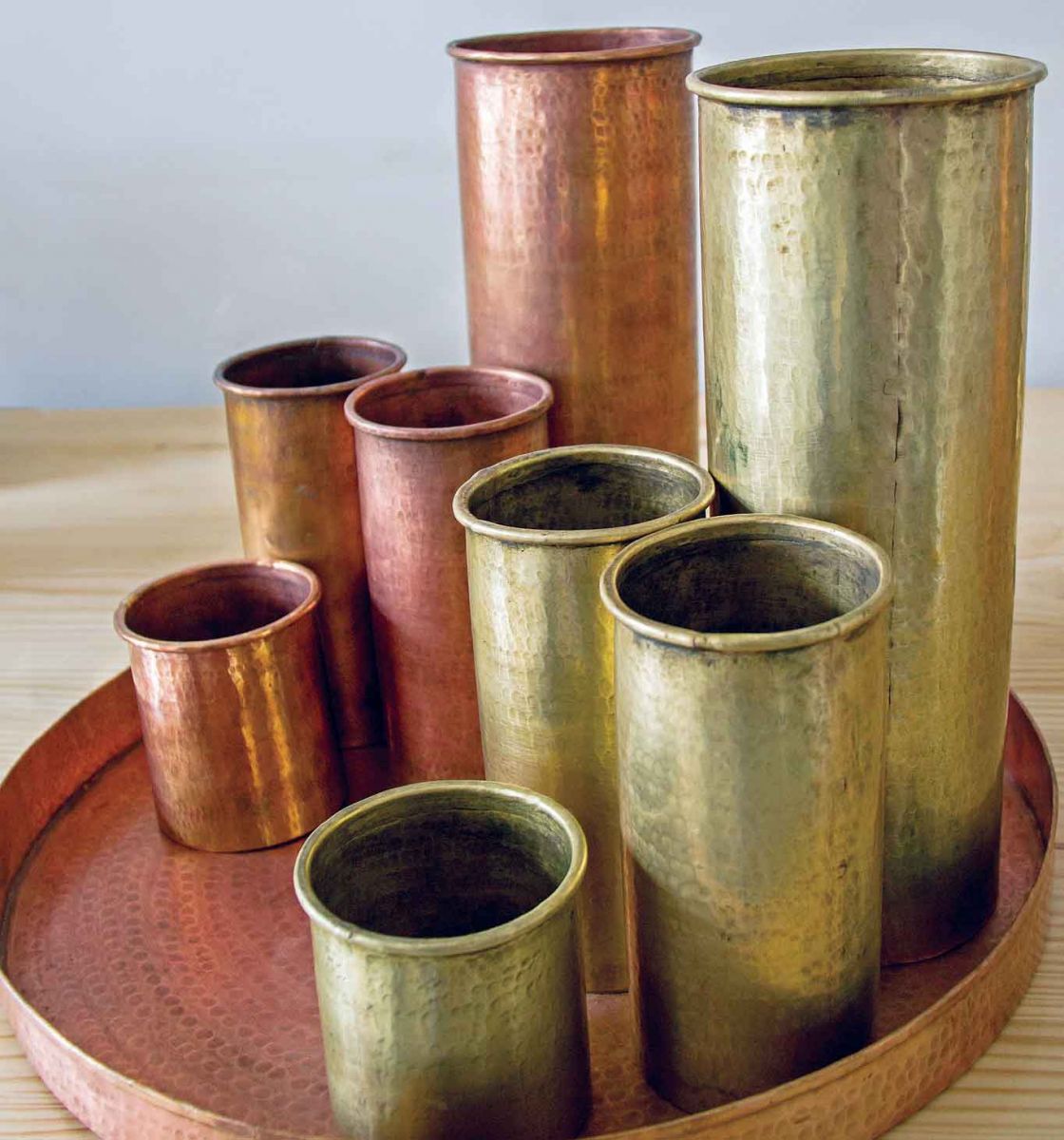
The wood used for furniture varies: there’s mango, pine, sal, even magnolia and rosewood, though the latter is not related to the flower at all. Known as sissam (sisso) it’s a tree that grows in the south, and while the wild trees are a protected species, cultivated ones are grown for sale. It has a really appealing look and grain, and no two pieces I see are alike. Aside from the tables, chairs—so many designs, in such interesting styles—and other furniture, there are also smaller pieces, such as some lovely cutting boards or serving platters; I am told that they began making these as a way of using up the smaller pieces of wood left over from some of their main projects. After all the effort to source the wood and cure it, they didn’t want even a scrap to be wasted. It’s a sentiment that I heartily agree with. It’s wonderful when people take things that would otherwise be tossed, and turn them into something that is not only useful but gorgeous, too.
Speaking of curing, I didn’t know much about the process of curing wood, but apparently it’s necessary before using wood for building to “cure” it or dry it out, so that it won’t crack or warp later. The machine for this—it looks like a huge rectangular oven or kiln for lack of a better way of explaining it—is downstairs near the woodworking area. The team explains to me that they built it themselves: they didn’t have much of any capital to start off with, and so made and repurposed as much equipment as they could themselves, before using their first modest profits to expand and reinvest in the business. It certainly seems to be a tactic that’s worked, as they are now looking to move further afield into a new, larger space, having outgrown their current modest setting.
It’s lovely to visit a place like this, where care and attention is put into each detail of what is produced, and where local craftsmen can put their skills to use and make a livelihood. Those here take so much pride in their work, in fact, that the owners have told their customers that if something has a problem they’ll come on-site to fix or replace it. Quite simply, what they make is built to last, and beautiful, to boot.


